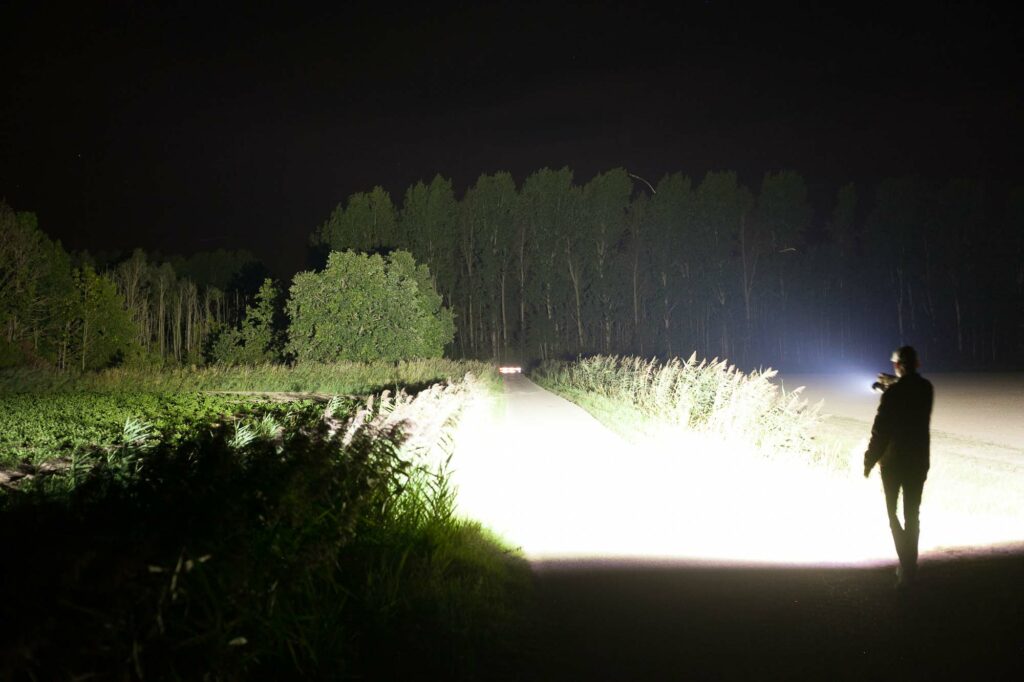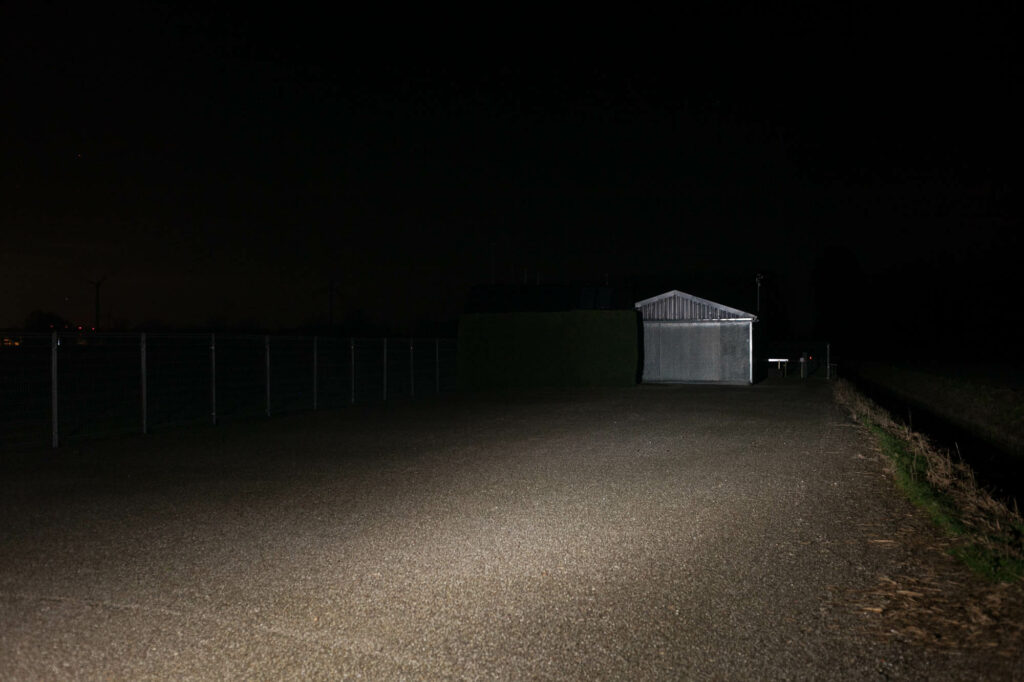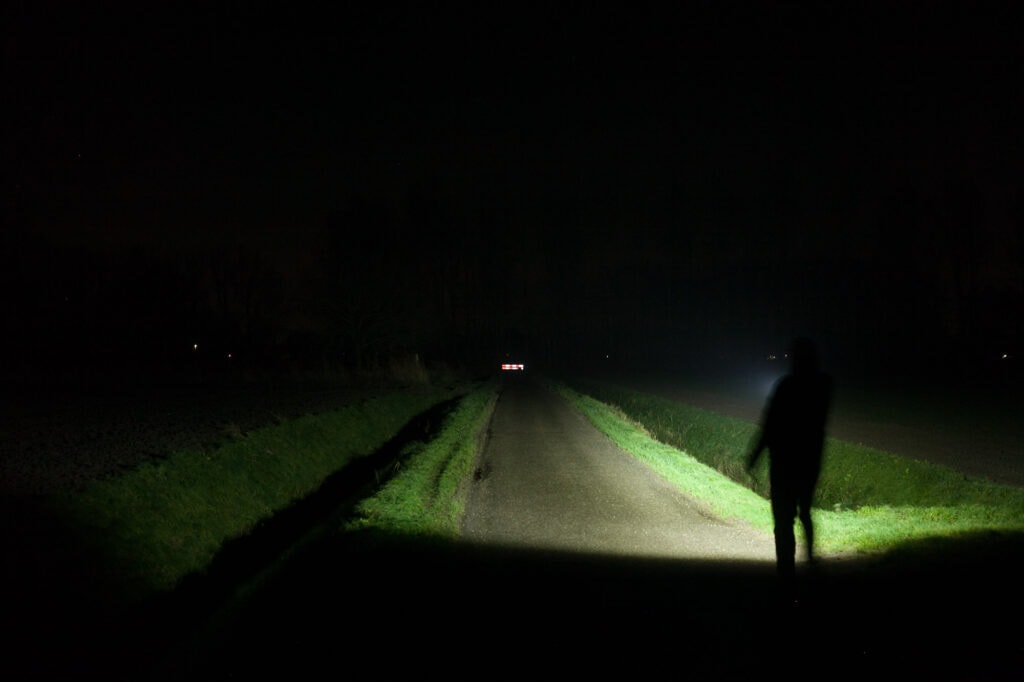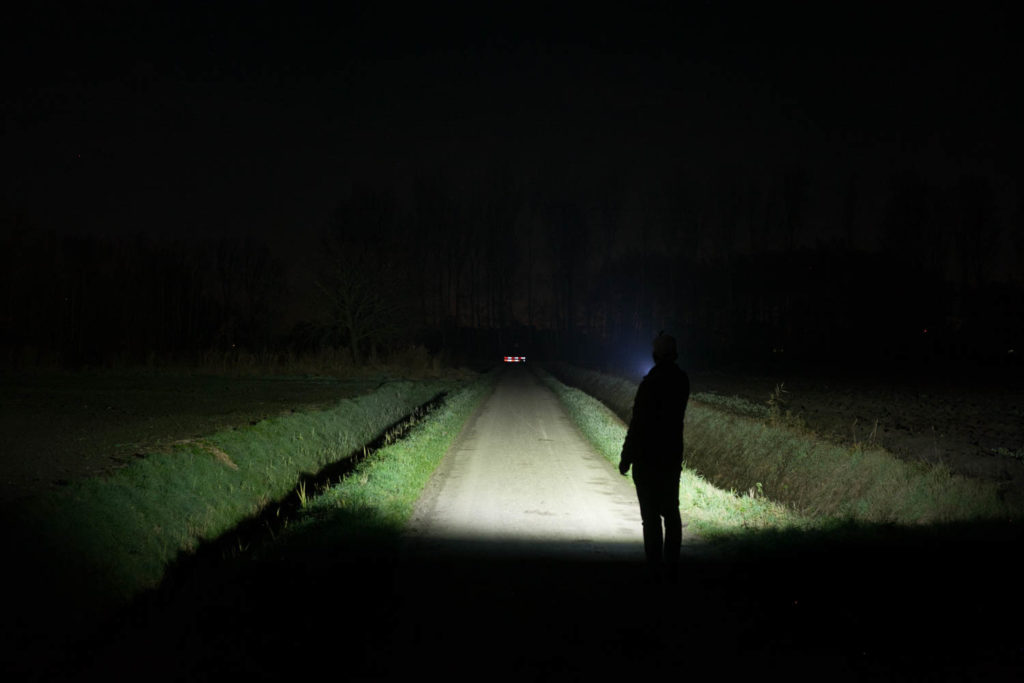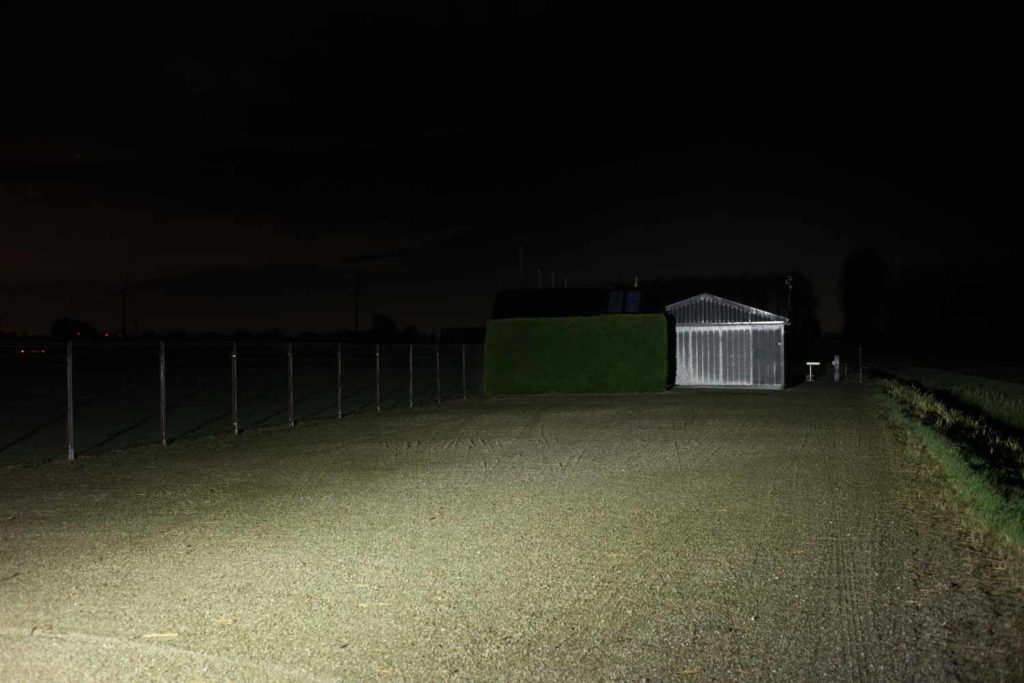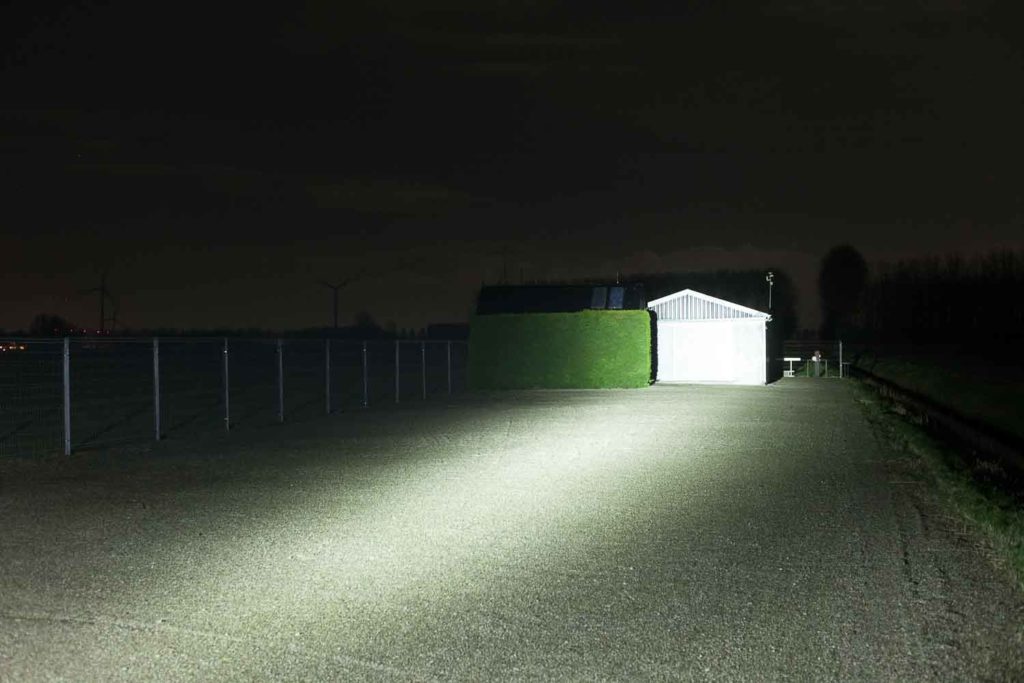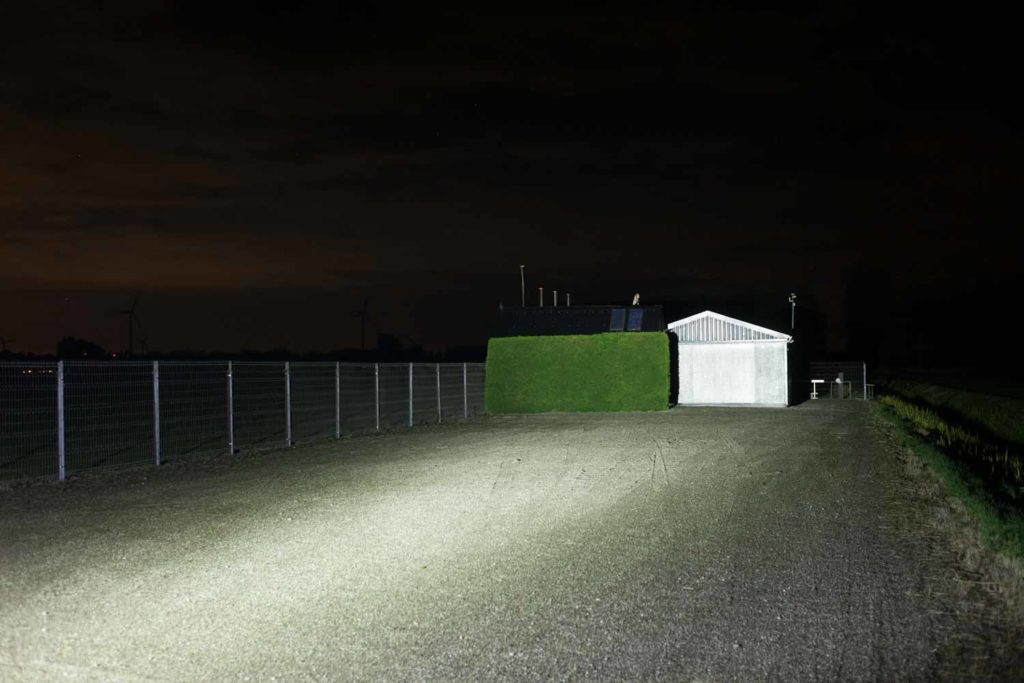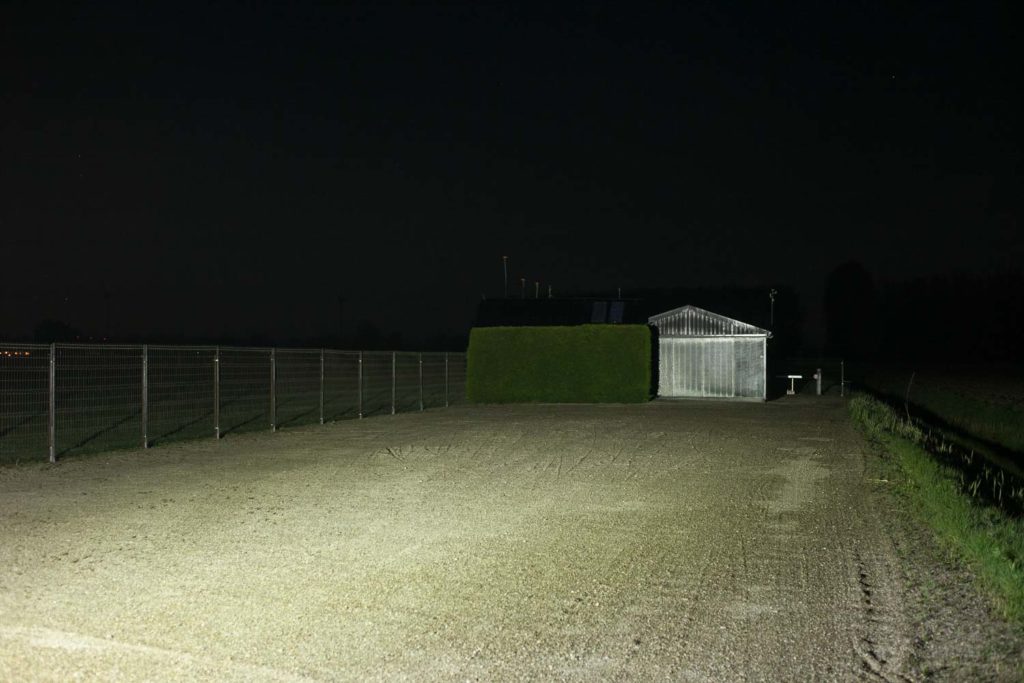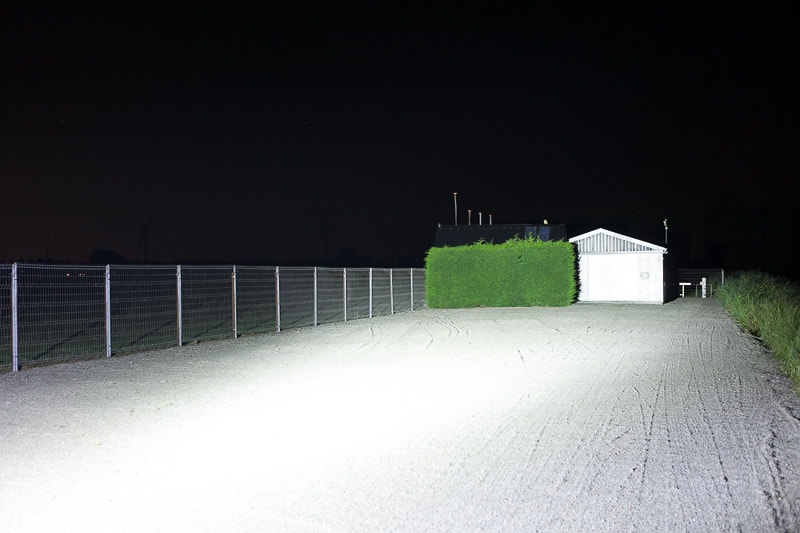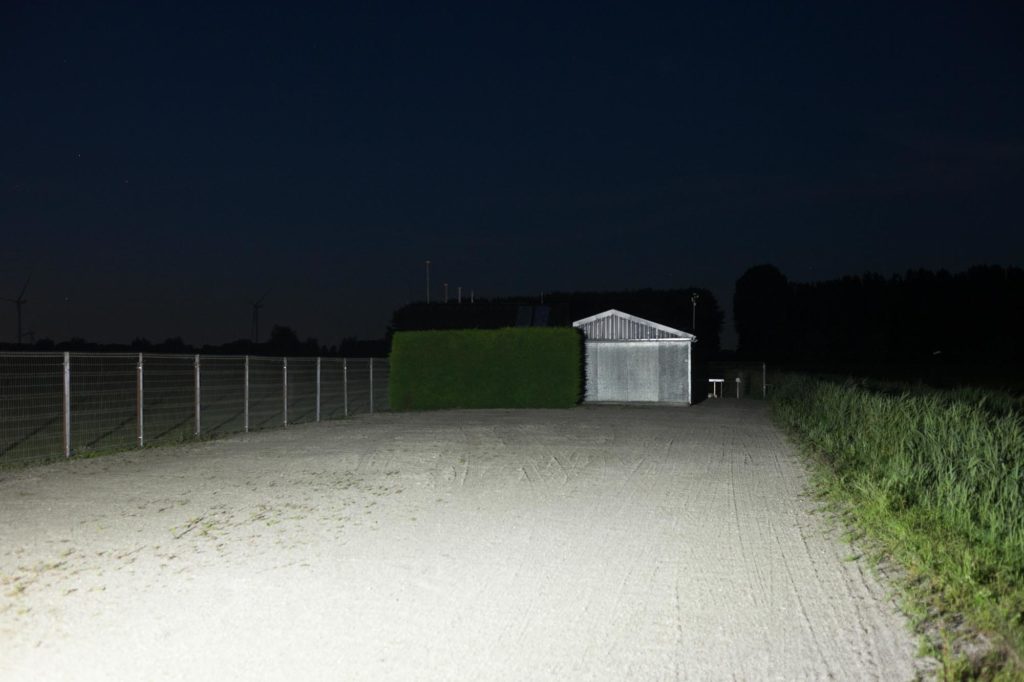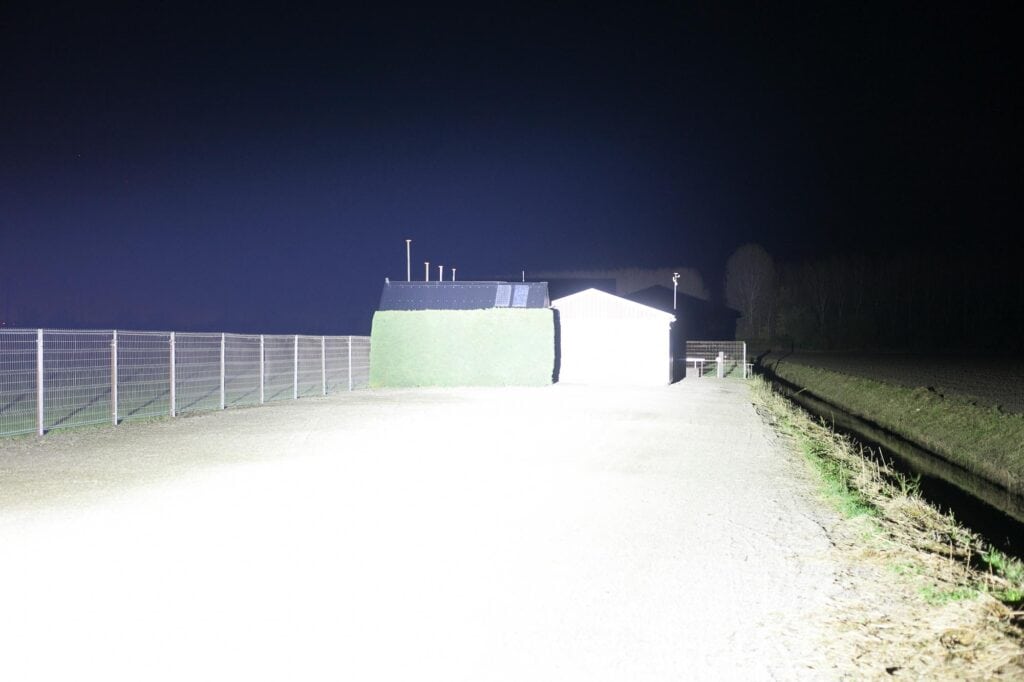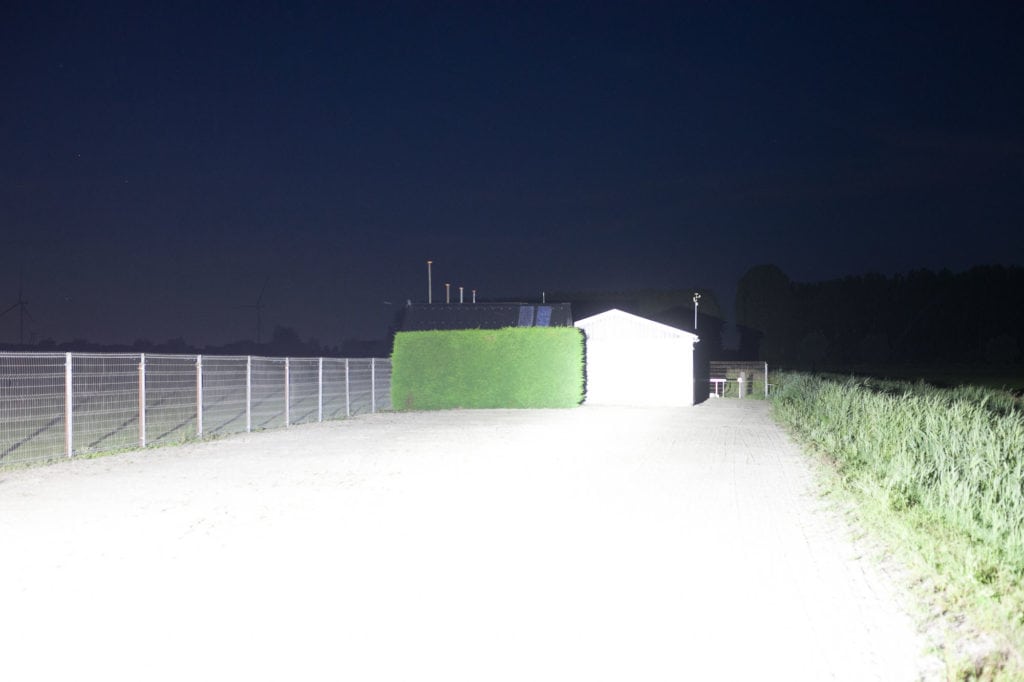Flashlight Lumens brightness guide
Everything you need to know about lumens
Hey, did you see that flashlight ad? With the crazy bright flashlight!
Yeah, I did… it’s a scam.
At 1Lumen, we’ve tested hundreds of flashlights to provide accurate information and data on their performance. It’s high time for manufacturers to stick to the standardized testing protocol (ANSI FL1).
There is an ANSI FL1 standard specifically designed to test flashlight performance, but only a handful of manufacturers adhere to it. Sorry for the rant, and let’s explore how lumens work and how many lumens you need for your flashlight.
Table of contents:
Jump right into one of the following categories:
Topic 1: What is a lumen?
The short answer is: A lumen is the total “amount” of light emitted from a light source. At 1Lumen, we often mention lumens, but other sources may use a synonymous word: Luminous flux, but you can also see it as ‘brightness’.
When the average Joe talks about the brightness of a light source (this includes light bulbs, etc.), they use lumens instead of luminous flux. Therefore, we stick to lumens as well.
What’s the relationship between lumens and distance?
We should stick to the topic of flashlights since 1Lumen.com is all about them. Lumens and beam distance are two separate things. A flashlight with more lumens doesn’t necessarily throw a beam farther than a flashlight with fewer lumens.
Keep that in mind at all times!
I’ll repeat: A flashlight with more lumens doesn’t mean that it will throw farther! I will try to explain this with an example.
Example:
Imagine you have two identical Maglite 3D flashlights. I’m talking about the old-style incandescent Maglites with 30 lumens. They are the exact same, with the same lumen output.
After unscrewing and removing the head of one of them, this Maglite will emit light at an almost 360-degree angle. With the other, you manually focus the beam as tight as possible. So tight that you only see a little dot on a wall.
Which of these two beams throws farther?
The one with the tightly focused beam, of course. But we didn’t change the lumen output; we just changed the divergence/angle of the beam.
Example 2:
Now I will take two different kinds of flashlights—a Weltool W4 Pro with only 550 lumens and an Acebeam X75 with 80,000 lumens.
Which of these two flashlights do you think can throw farther?
The answer is The Weltool W4 PRO with 550 lumens.
Why?
Because the Weltool W4 PRO has such a concentrated beam, with a divergence of just several degrees, while the Acebeam X75 is closer to 100 degrees. In our review, we measured the maximum beam distance of the Weltool W4 PRO at 3351 meters, while the maximum beam distance of the Acebeam X75 was only 889 meters. 2 totally different kinds of beams.
So, you can’t say that a flashlight with more lumens can throw farther than one with fewer lumens.
Topic 2: Flashlight Lumens guide: How bright is a flashlight?
Comparing different flashlight brightness levels can be tough because our eyes perceive light differently. For the best comparison images, you should use manual settings and find a good balance between where the image is similar to what you see in person.
But I would recommend against starting with a flashlight with only a few hundred lumens because your eyes adjust to the darkness!
If you set your camera settings with a low-output flashlight, all the brighter flashlights will whitewash your pictures.
In this lumen comparison test below, I used an Emisar D1 (v2) flashlight with customized firmware. Gabriel (one of our reviewers) has built this firmware, which has 17 stepped modes. (The first mode is 10 lumens and is only used to turn the light on.) This firmware has been tuned so that each click will increase its brightness by 100 lumens until we reach 1500 lumens. After the 15th mode, there is the maximum output, which was measured at around 1775 lumens.
To get accurate shots, I adjusted my camera settings to: Canon 5D mkII, 50mm lens, F4 1/4sec, ISO1600, 5000K.
For the location with the white wall, I changed the shutter speed from 1/4 to 1/40 sec.
The first location is an open road with a reflective fence 200 meters away. The second location is a shed at 65 meters, for medium to close distances. The last location is in my backyard, with the white wall around 5 meters away.
Here is a picture of the flashlight I used for this test.
How bright is 100 lumens?
Here are three pictures of the 3 locations to indicate how bright 100 lumen is. There are three images, with one at 200 meters, one at 65 meters, and one at 5 meters. You can see that the closer the object it, the brighter your flashlight looks.
All the following shots were taken with the same flashlight.
How bright is 200 lumens?
Here are three pictures with 200 lumens. You can see that the step from 100 lumens to 200 lumens is quite visible.
How bright is 300 lumens?
How bright is 400 lumens?
How bright is 500 lumens?
At this point, the 100 lumen increase from 400 to 500 lumens is becoming less visible. Much less than going from 100 to 200 lumens, for example.
From here on, we will skip a few hundred lumens because the difference is less obvious from this point onward.
You probably only need a flashlight with up to 500 lumens for indoor use. See the last picture with the white wall.
How bright is 800 lumens?
Going from 500 to 800 lumens is less noticeable than going from 100 to 200 lumens.
How bright is 1000 lumens?
1000 lumens is a pretty nice output for general use outdoors. But it starts to be a bit too bright for close-up stuff or indoors, as you can see in the 3rd picture. The wall reflects a lot of light, making it a little uncomfortable.
So, for most use-case scenarios, a 1000-lumen flashlight is all you need.
How bright is 1500 lumens?
The next level on this flashlight was 1600 lumens, and the last was 1775 lumens. But the differences become less obvious from this point. So I stopped at 1500 lumens so you can see a better comparison with the ones above 2000 lumens, pictured below.
Below are some of the flashlights we tested that were slightly brighter than the Emisar D1 used earlier. The following flashlights are not comparable because they use multiple emitters, a different LED, different reflectors, etc.
But they will give you a good indication of how bright 2000 lumens is and beyond.
How bright is 2000 lumens?
From here on, we will use pictures from other flashlights using the same camera settings! This is critical because you can’t compare beam shots taken with different camera settings.
The following 2 pictures were taken with the JKK76 flashlight in High mode. These were close to 2,000 lumens (but not exactly 2000).
How bright is 4000 lumens?
The following beam shots are taken with the Imalent MS08 (Mid 2 mode) and the Manker MK38 (Mid 3 mode). Here’s where you can see a big difference between a wide (Imalent MS08) and concentrated beam (Manker MK38), even though both are close to 4,000 lumens.
The Imalent MS08 has very shallow reflectors with 8*XHP70.2 LEDs, creating a wide beam. The Manker MK38, on the other hand, uses 8*Luminus SFT40 and throws a much narrower, more intense beam. We measured the Imalent MS08 at roughly 3900 lumens, while the Manker MK38 was measured at about 4200 lumens.
How bright is 5000 lumens?
For this comparison, I used yet another flashlight, a Fenix TK35UE v2 (Turbo mode) with about 5200 lumens and an Imalent MS12 mini (Mid1 mode) with just above 5,000 lumens. Again, you can see the beam difference, even though the output is very similar.
If you compare the 5000-lumen beam shots to the 4,000-lumen beam shots, they don’t look too much different in output. The differences are especially visible with the type of beam (flood light or spotlight).
How bright is 10,000 lumens
For this test, I used the Fenix LR35R and the Imalent MR90.
The Imalent MR90 is in Mid2 mode with 9500 lumens at turn on, and the Fenix LR35R is in Turbo mode with 10,240 lumens at turn on.
It would almost look as if the Fenix LR35R was brighter. And that’s where most people go wrong. You can’t claim a flashlight’s brightness by just staring at the beam.
How bright is 50,000 lumens?
Here are some shots at 50,000 lumens: The Imalant MR90 in Turbo mode at turn-on, which is just above 50,000 lumens and uses 8*XHP70.2 LEDs, so it’s a wide/floody beam. The other flashlight is the Imalent SR16 in Turbo mode, which is about 53,000 lumens. However, the beam is more narrow because of the type of LEDs it is using (16*CREE XHP50.3 Hi).
The camera settings were still the same as the ones we started with in the exact same location.
It is impossible to see much difference at this point. I am still using the same camera settings, and this is the image you get.
Flashlight Lumen Comparison
Now, I added all the images in order from 100 lumens to 1775 lumens. At a certain point, the difference becomes less and less visible—and this is even with manual settings on my camera. In reality, your eyes will adjust to the brightness, making it even less discernible.
It’s best to watch this on a larger screen, not a phone’s screen.
Topic 3: Activities per Flashlight lumen brightness
From 1-5 lumens
- Reading in bed
- Use in an airplane
- In a bedroom without waking up somebody
- Visiting the bathroom
From 5-100 lumens
- Lighting up a tent
- Searching for your lost keys
- Finding the door lock
100-500 lumens
- Walking through an urban area
- Walking around the campsite
- Around-the-house tasks
500-1500 lumens
- Walking the dog
- Walking in the woods
- Biking
- Jogging
- Camping
- Hiking
- Fishing
- Hunting
- Nighttime bird watching
- Car repair
- Plumbing
- Geocaching
1500-5000 lumens
- Tactical use
- Law enforcement
- Biking off-road trails
- Boat fishing
- Caving
- Scuba diving
- Security patrol
5000+ lumens
- Search and Rescue
- Video lighting
- Deep diving
- Surveillance of large areas
Topic 4: How we measure lumens
You could do it a couple of ways.
Without going too deep into this topic, the following two methods are used by most people in the flashlight community: the lumen tube and a homebuilt integrating sphere.
The lumen tube is basically a bunch of tubes stuck together and ‘calibrated’ by a known light source. You can buy one here at Budgetlightforum.
A homemade integrating sphere is usually made of a huge empty Styrofoam ball with a diameter between 20 and 50cm. The bigger the sphere, the higher the lumens you can measure and the more trustworthy your measurements will be.
You could also send your flashlights to a laboratory so they can be tested in a professional Integrating Sphere or with a Goniometer. However, the measurements are a bit more difficult for high-power flashlights.
The only way to measure lumens in an integrating sphere is by lumens. Okay, that sounds weird.
But you need a calibrated light source to use as a correction factor. At 1lumen, we sent a flashlight to a company with a Goniometer to use as our base measurement/correction factor.
FAQ: questions
-
How far can 1 lumen reach?
Well, it depends. Regarding beam distance, we are talking about beam intensity or candelas and not lumens. When we strictly talk about flashlights, the beam distance is largely influenced by the size of the reflector, the depth of the reflector, the type of reflector, the type of lens, the LED, and more. So, lumens and distance are related but not the same.
-
What does OTF lumens mean?
OTF stands for Out The Front. This means that we measure the light outside the flashlight. Even though an LED might produce a certain amount of lumens, the reflector, lens, or even the zoom mechanism might reduce the number of lumens we can measure. Some of the lumens get ‘lost/trapped’ inside the flashlight. So, generally speaking, we are always measuring OTF lumens because that’s what and how we can measure lumens.
-
Can you measure lumens with a mobile phone?
Not without some extra hardware or tools. You can build your integrating sphere or lumen tube, and use your phone to measure Lux. But at the moment, you can’t measure it without any additional tools/devices, and you really need a calibrated light source.
-
What is a good brightness for a flashlight / How many lumens is a good flashlight?
In this guide, we looked at the minimal difference there can be between certain output levels. The lower the output, the bigger the difference a 100-lumen increase can be. But generally speaking, a good flashlight should have about 1000-2000 lumens for various use cases. More importantly, you need to know what type of light you need, how long you need it, and what else you want to use the flashlight for. If it’s just for one specific scenario, you may need 100,000 lumens or just 1 lumen.
-
How do I know if a flashlight advertisement is truthful?
1. Read our reviews. And if we haven’t reviewed it, look at some other trustworthy reviewers. 3 Don’t go off what you read on Amazon. 4. Buy a flashlight from a reputable brand like Acebeam, Fenix, Olight, or Nitecore.
-
How many lumens is the brightest flashlight?
Check out our power flashlight buyer’s guide and see the world’s brightest flashlight at the bottom. The strongest flashlight on the market is the Imalent MS32, so make sure you check out that list.
-
How bright does a flashlight need to be to start a fire?
You need a very intense or high-power LED flashlight to start a fire with a flashlight. But sometimes, you only need a couple of hundred lumens when using a flashlight with a halogen bulb. The bulb gets so hot it will start burning paper. LED flashlights need a bit more lumens than one with a krypton bulb.
-
Can you guess how bright a flashlight is?
Not me. It isn’t easy to eyeball output. And that’s why we exist: to measure lumens, runtime, and intensity. As a reviewer, I can get a bit sick of reading comments like this: I could see that this is so bright…. I could see with my own eyes…… Sorry, but I don’t trust anything without actual measurements!

